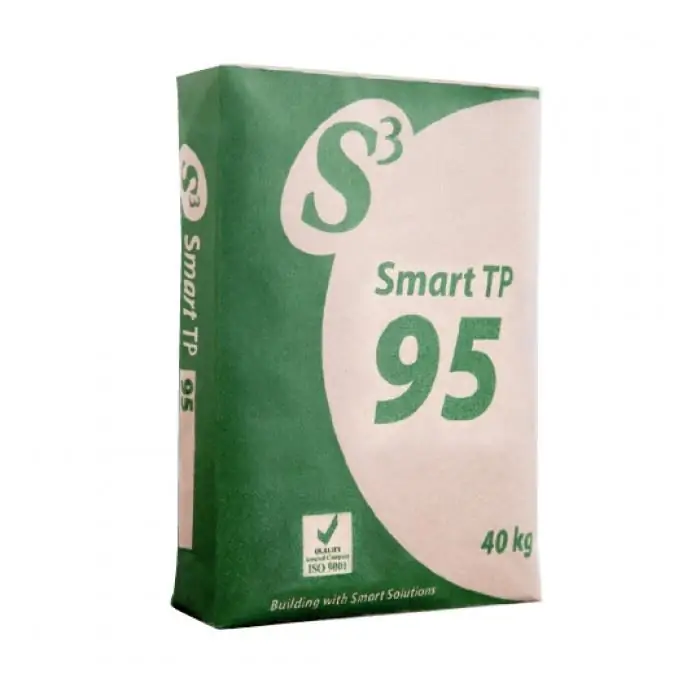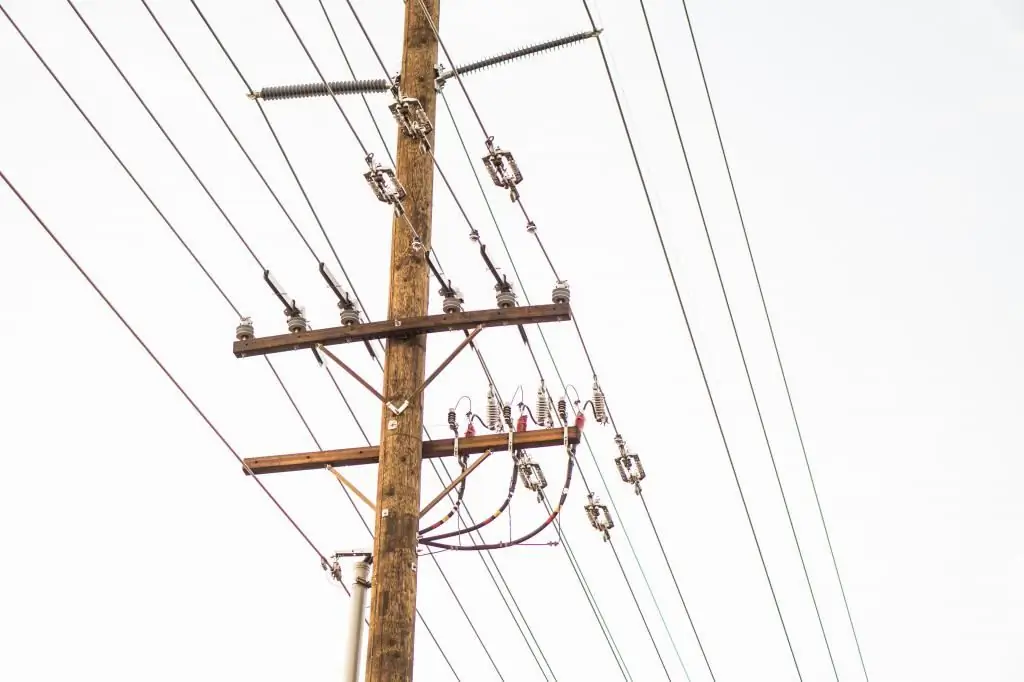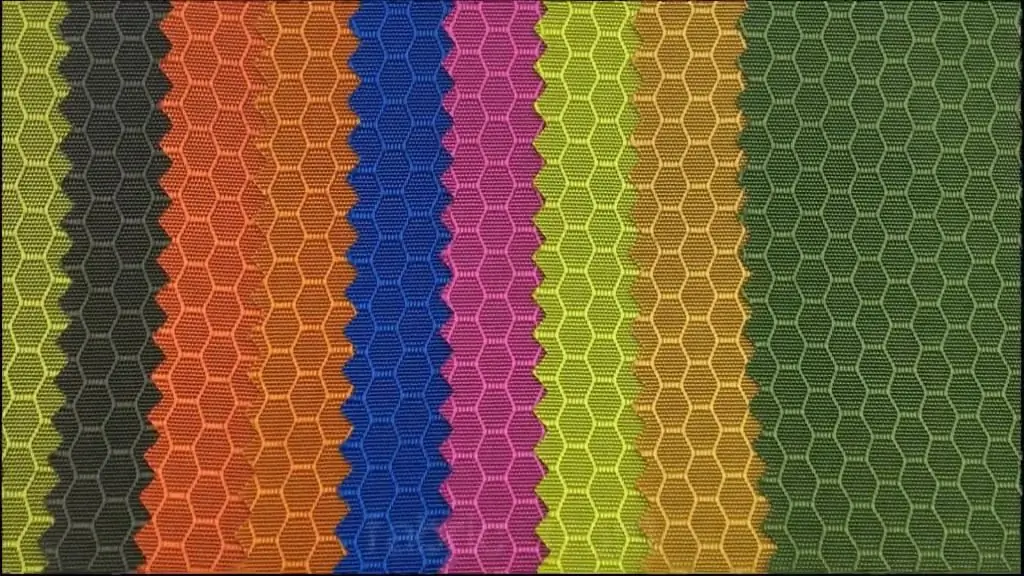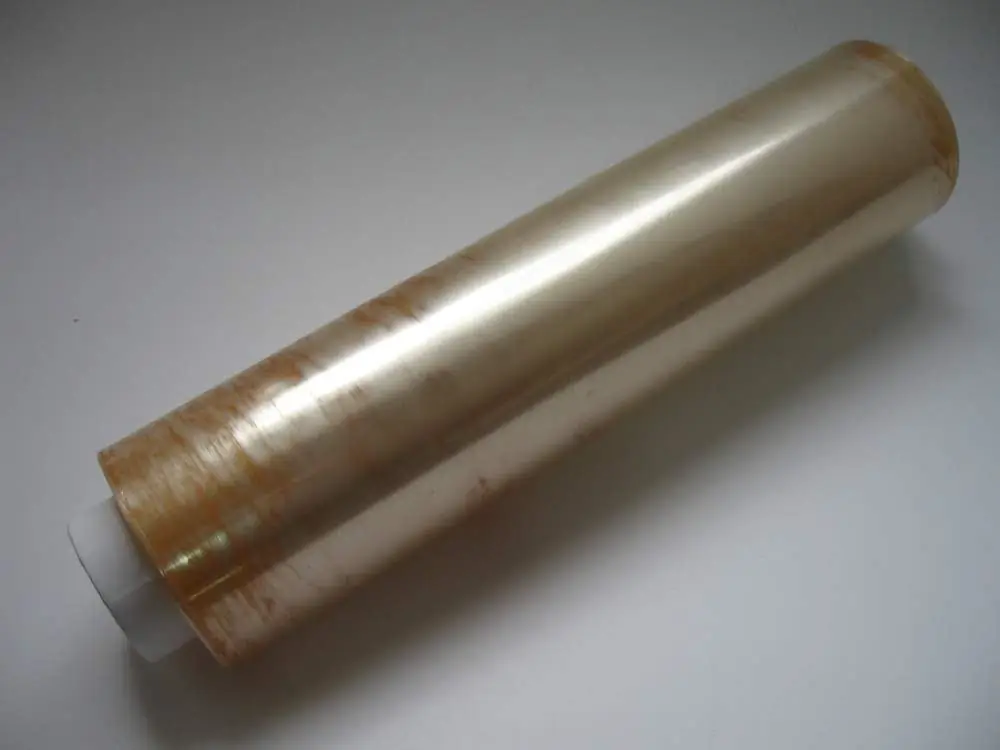2026 Author: Howard Calhoun | [email protected]. Last modified: 2025-01-24 13:10:45
There are just a huge number of ways to package food. Very often, such goods are packed, for example, in cardboard boxes, paper bags, tins, etc. Recently, food packed using a thin and sufficiently elastic film can often be seen in stores. In particular, various semi-finished products, meat, and bakery products are often sold in this form. Such a film is called food and its use is considered very convenient.
How it's made
This material is a special kind of stretch film. Polyvinyl chloride or polyethylene can be used as a raw material for the manufacture of packaging of this variety. Trays for stacking products in this case are often made of Styrofoam.
Technologies in the production of food packaging film can be used, for example, such as:
- high pressure die casting;
- vacuum and blow molding;
- pneumoforming.
Also sometimes this material is made using pressing technology.

Feedstock for the production of packaging films for food products at enterprises, of course, choose only the highest quality. Most often, for the manufacture of this type of packaging material, factories use special devices - extruders. On such equipment, the film is made by blowing from top to bottom. The use of such devices makes it possible to make the production process of this material fast and inexpensive.
Many consumers, of course, are also interested in how food film differs from conventional packaging. Unlike simple polyethylene or PVC, this material does not contain any harmful toxic additives.
Main varieties
The film used for food packaging is classified mainly depending on the type of material used. This feature, among other things, is decisive when choosing a specific method of its application. Currently, enterprises supply the market with three main types of cling film:
- PVC;
- polyethylene;
- shrink.
This type of polyethylene material is mainly used for packing perishable products. Such a film is elastic, durable and sticky. This material can only be used for cold food packaging.
PVC filmused in the same cases as polyethylene. In terms of strength, elasticity and stickiness, it is in no way inferior to it. But its thickness is usually a little less. The advantage of this material, in comparison with polyethylene, is complete vapor and gas impermeability. That is, products can be packaged in such a film as tightly as possible. Most often, PVC film is used for packaging raw meat and poultry. But sometimes vegetables or fruits are also wrapped in it. This type of material is used in most cases in combination with a cardboard or foam backing.

Thermoshrinkable film for food packaging is also made from PVC. The material of this variety is made in the form of a half-sleeve. Its main distinguishing feature is the ability to give strong shrinkage when heated. In addition to food, such a film is often used for packaging non-food products.
Winding methods
Food film of different types can be used for both manual and automatic packaging. The popularity of this material is largely due to the fact that it can be conveniently used both at enterprises with large production capacities, and at medium or small ones.
Special skin-packing machines are usually used to wrap products in polyethylene or PVC film. Also, fitting with such material can be done using special manual dispensers.
Equipment for packaging is produced by many companies, both domestic and foreign. For example, in our country Hualian skin-packaging food equipment used for wrapping products in film, domestic tables from Agroresurs, etc. are very popular.

Using shrink wrap
Packaging using this material can be:
- group;
- single;
- stacked.
In the first case, a set of similar products is pre-completed. Next, the group is wrapped with a film, which, after shrinkage, forms a sealed bag. For single packaging, the same procedure is used. But in this case, only one product is pre-wrapped in a film.
When stacking, a group of products (juice cans, cans, bottles, etc.) are first placed on a tray in several rows. Further, the entire structure is covered with a heat-shrinkable cover and fed into the oven. The result is a compact and stable design, well suited for transport and storage.

Benefits for manufacturers
Food packaging film today is rightfully considered the most convenient type of wrapping material. Its main advantages are:
- small volume and weight;
- low cost;
- easy to use.
Products packed with this material in warehousestake up much less space than packaged, for example, in cardboard boxes. Such packaging is much cheaper than paper and, especially, metal. After manufacturing, such material is usually wound into lightweight compact rolls. The packaging film is therefore, among other things, very convenient to store. Enterprises have no problems with the transportation of such material.
Benefits for buyers
This type of packaging is convenient not only for food manufacturers, but also for buyers. Since cling film is transparent, the goods wrapped in it in the store can always be visually inspected and determine whether it is worth buying or not, and whether its quality matches the price. The products themselves, being wrapped in a film, do not absorb excess moisture or any foreign odors.

Are there any cons
The advantages of this material, therefore, are many. But such material, of course, also has certain disadvantages:
- PVC and polyethylene can emit, albeit in very small quantities, but still quite harmful substances for the human body;
- The structure of the food film is such that in many cases it is impossible to apply company logos and product information directly on it;
- Cling film cannot be reused, but recycling it is quite costly.
Another disadvantage of such a film is that group goods wrapped in it are more difficultendure. Handles, like, for example, the same cardboard or wooden boxes, it is impossible to supplement this type of packaging, for obvious reasons.
Who produces in Russia
Many companies, both domestic and foreign, produce packaging film today. In our country, its most famous manufacturers are:
- Variopak (St. Petersburg).
- Lava Corporation (Moscow).
- Regent company (Moscow).
Company "Variopak" was registered in St. Petersburg in 1999. In 2008, this manufacturer produced the first industrial batch of stretch film. Today, the production capacity of the company "Variopak" is about 15 thousand tons of products per year.

Producer of packaging film "Lava" has been operating in Russia since 2004. At the moment, this company produces mainly film for the transport of goods on pallets.
The Regent company was founded in Russia in 1991. This manufacturer specializes in the manufacture of food film for both pallets and individual products. Regent's products can also be multi-layered or self-adhesive.
Recommended:
Food stainless steel: GOST. How to identify food grade stainless steel? What is the difference between food stainless steel and technical stainless steel?

The article talks about grades of food grade stainless steel. Read how to distinguish food stainless steel from technical
Polymer cement mortar: composition, technical characteristics, compliance with GOST requirements, purpose and application

Polymer cement mortar is one of the modifications of conventional sand-cement mortar. Polymers can also be added to mixtures that are used when laying plaster and other facing materials. The addition of this substance to the composition helps to improve its characteristics
Classification of packaging at the place of packaging: types, purpose, functions and characteristics, basic requirements for packaging

Today it is customary to classify packaging according to a number of features. Among them, the packing place; materials used in the manufacture; the form; frequency of use; purpose of container; dimensions and load capacity. In this article, we will consider the types of packaging, classification and characteristics of each of them
Cable manufacturers: types of cable, list of manufacturers, rating of the best, product quality, addresses and customer reviews

Cable is such a demanded product that it is manufactured in any state. Wires are found in rooms, the ground, industrial facilities and even air. If a country is not able to guarantee itself a similar product, it is worthless. The article deals with domestic cable manufacturers
Ripstop fabric: what is it, composition, characteristics, purpose and application

When asked if it is a ripstop fabric, the answer is usually about a durable material. However, the name unites a whole category of very durable materials that are produced using a special technology. It comes from the English phrase (rip - tear, stop - cessation)

